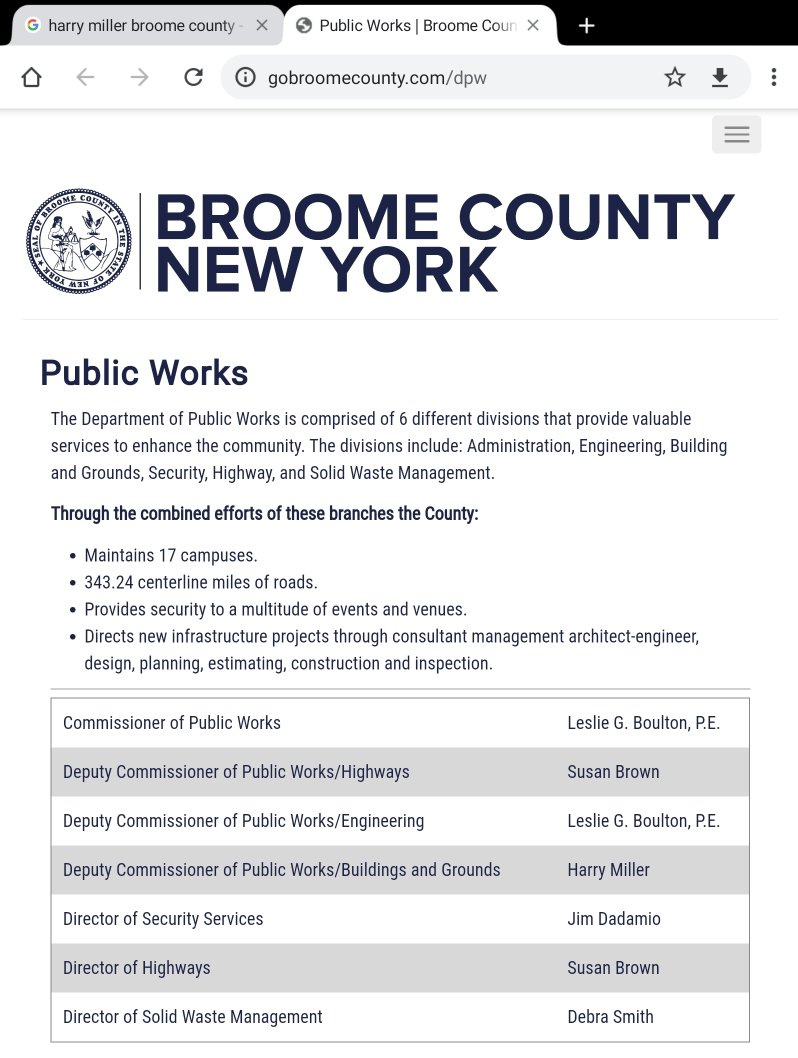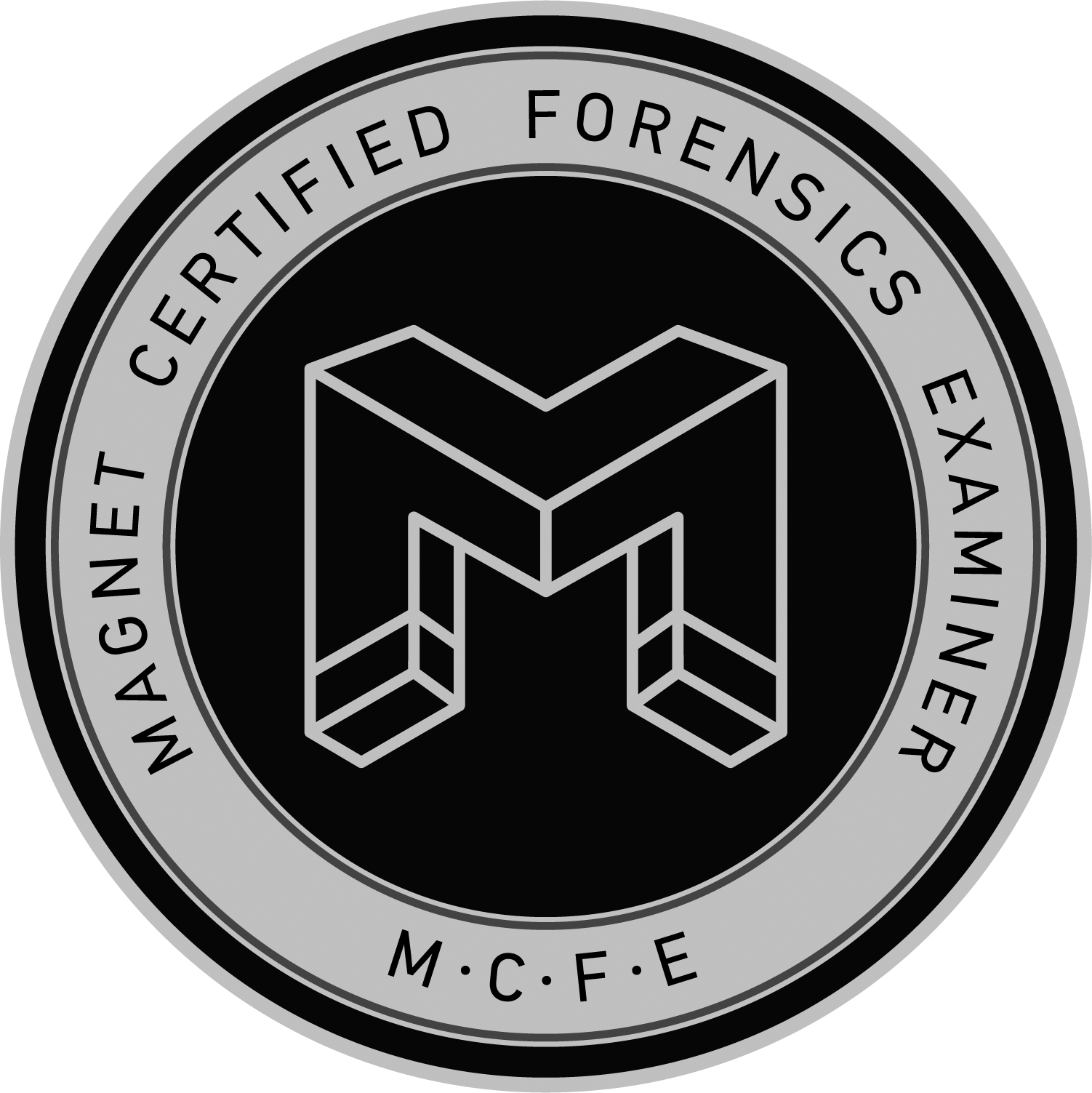Lossless trimming is the ability to trim, cut or extract segments of audio & video without re-encoding the original multimedia streams, maintaining both the original frames/samples and their related metadata. It is a process as old as digital video itself, and one that can be extremely helpful when dealing with hundreds or thousands of hours of digital video evidence for a case.
Reduce file size, reduce duration and maintain the original frames & quality. Bonus, the process is even faster than traditional editing, as you don't have to wait for the video to be re-encoded!
Spatial vs. Temporal Compression
Spatial (Intraframe) compression is applied to each video frame independently, treating each frame as a stand-alone image. This is the type of compression leveraged by high-end video production facilities as it provides superior picture quality and efficiencies in the editing process. Every frame is a key frame.
 DME Resources
DME Resources


